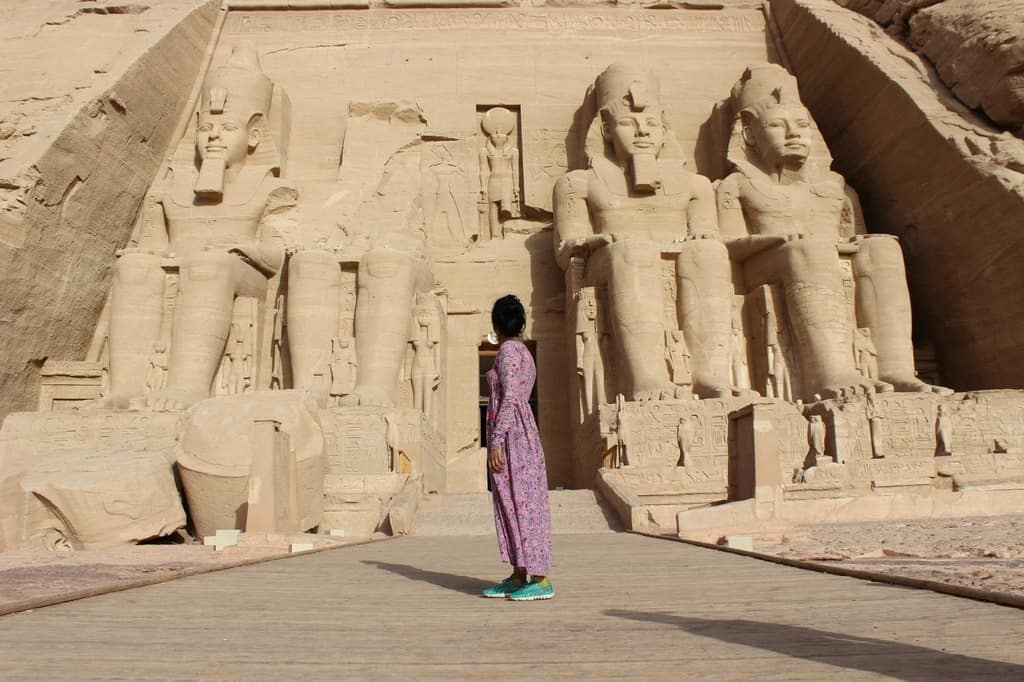
Abu Simbel
The only reason we were in Aswan was to visit the Abu Simbel temples. There are other attractions in Aswan like the Philae temple, but I had twisted my ankle trying to climb on to the ferry and so I gave it rest for a day. We reached Aswan by the overnight train from Cairo. (More info on trains and other general info and tips in the general guide – Egypt Travel Blog and Guide)
Stay – Battota Nubian Guest House. A very basic stay but oh my, the hosts were the most delightful family we met in Egypt. Taking care of our every single need with utmost care. Home cooked meals, planning tours, packing us breakfast and snacks for the trip like our mothers do, making sure we were happy – just a few things that made this stay memorable.
Tour – The Abu Simbel tour from Aswan started at 3am and ended at 12pm (3.5 to 4 hours drive one way) and was arranged by our host, Mohammed. The entry ticket to the temple includes a guide.
Transportation in Aswan – Use ferry to get to the island. Use taxi to get around the city.
Food – We had the best Egyptian meal at Makka Restaurant, el tahrir St. A lip smacking spread of Baba Ganoush, veggies, rice, beef and Karkade (Hibiscus tea). I highly recommend it.
The temples of Ramesses II and Nefertari in Abu Simbel
These are 2 massive rock temples at Abu Simbel near the border with Sudan. The word massive may undermine the size of the statues, esp. of the Ramesses temple. The purpose was to impress Egypt’s southern neighbors, and also to reinforce the status of Egyptian religion in the region.
The larger temple of Ramesses is dedicated to Ra-Harakhty, Ptah and Amun. The 4 colossal statues of the Ramesses gaze into the Nasser Lake from the outside. Next to the legs of the colossi, you can find the wives and kids of Ramesses.
The smaller temple of Nefertari is dedicated to the goddess Hathor.
Abydos and Dendera
We did a day trip from Luxor to Abydos and Dendera (6am to 4pm) with Aladin Tours. The tour was very professional and the guide was very knowledgeable.
Lonely Planet – “Time is short and everyone wants to see the pyramids, Tutankhamun’s gold and the Valley of the Kings. But some of the most rewarding moments are to be had away from the crowds, where you can contemplate the ancient legacy in peace. Nowhere is this truer than at Abydos”. I couldn’t have said it better myself. Along with the tomb of Seti I, the temple of Abydos was my favourite spot in Egypt.
Temple of Seti I, Abydos
This was my favorite among the temples I visited in Egypt. Just like the Tomb of Seti I in the Valley of the Kings, the temple is filled with extensive high relief carvings of the king and his prince Ramesses II with various Gods and the colours are still intact at many places.
If Ramesses II overshadowed Seti I with grandeur in monuments, my heart was won by Seti I for the intricacy in the art form during his reign. Not crowded by visitors, it was so enchanting to walk on the temple grounds. The temple has seven chapels unlike the usual one. They were dedicated to Ptah, Re-Horakhty, Amun-Re, Osiris, Isis and Horus and one for Seti I himself.
Abydos was to Ancient Egyptians what Mecca is to Muslims. It was the cult center of the God Osiris.
Dendera Temple complex
It is the cult center of Hathor and was built during the Ptolemaic period and even has a carving of Cleopatra VII. The Ptolemaic influence is very evident in the art. It has a Greek touch to it and the art is somewhat noisy compared to the native Egyptian art. But it is a well preserved temple and the cleaning of the sooty deposit is still underway revealing beautiful colours underneath.

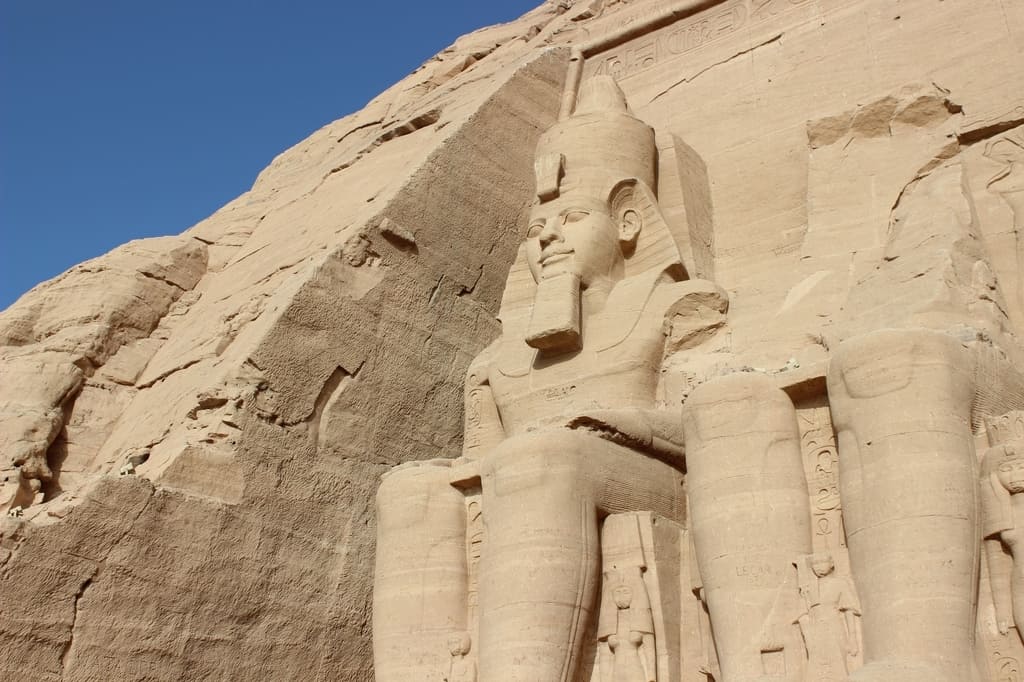
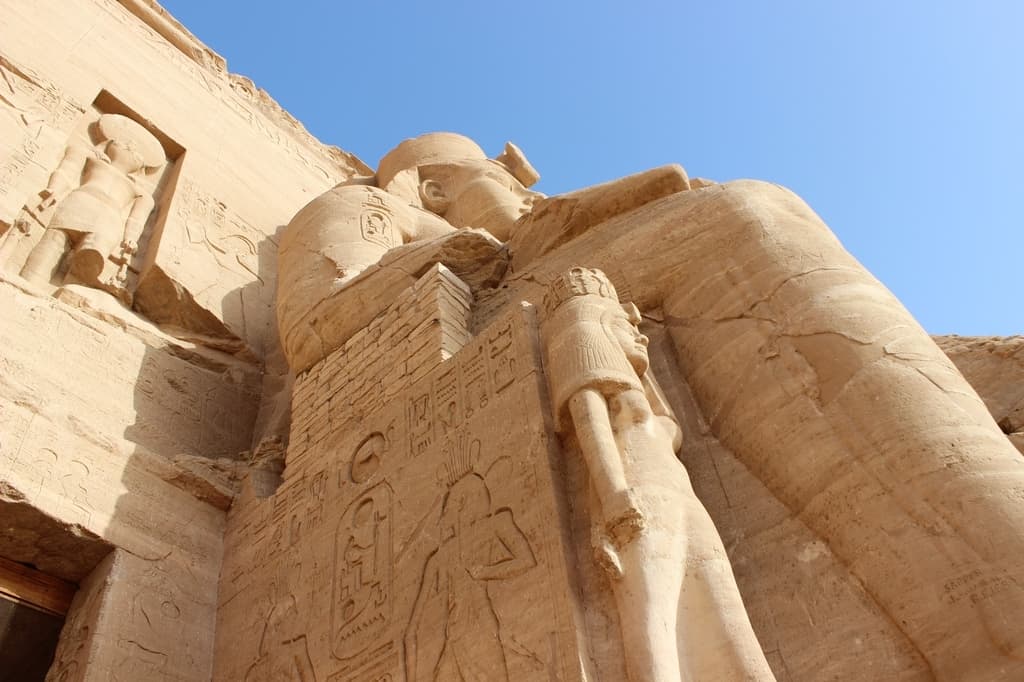
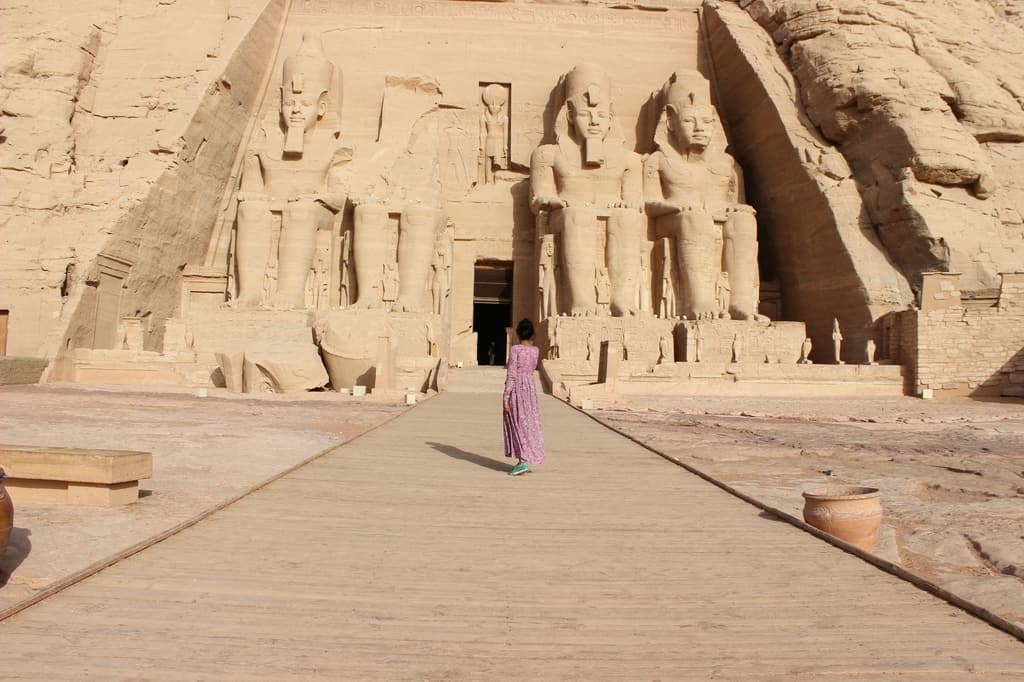
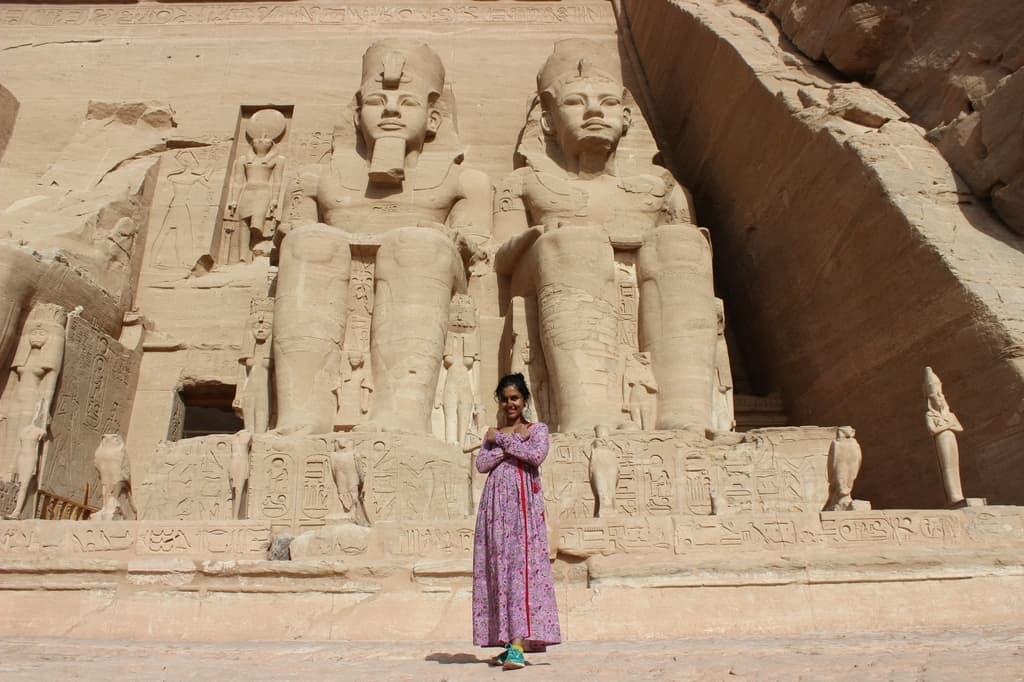

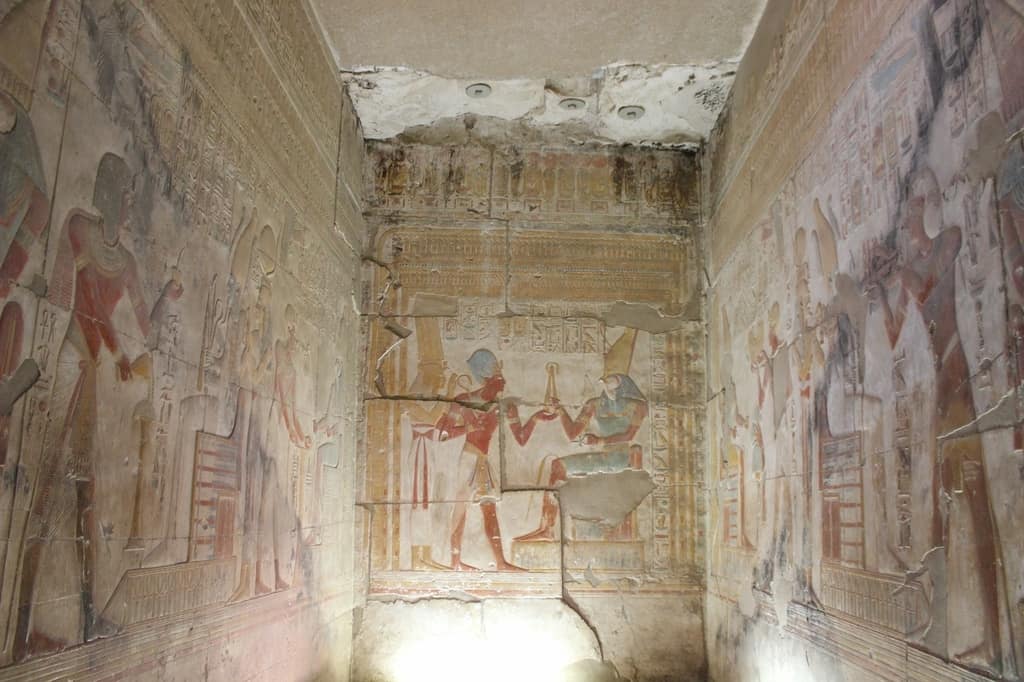
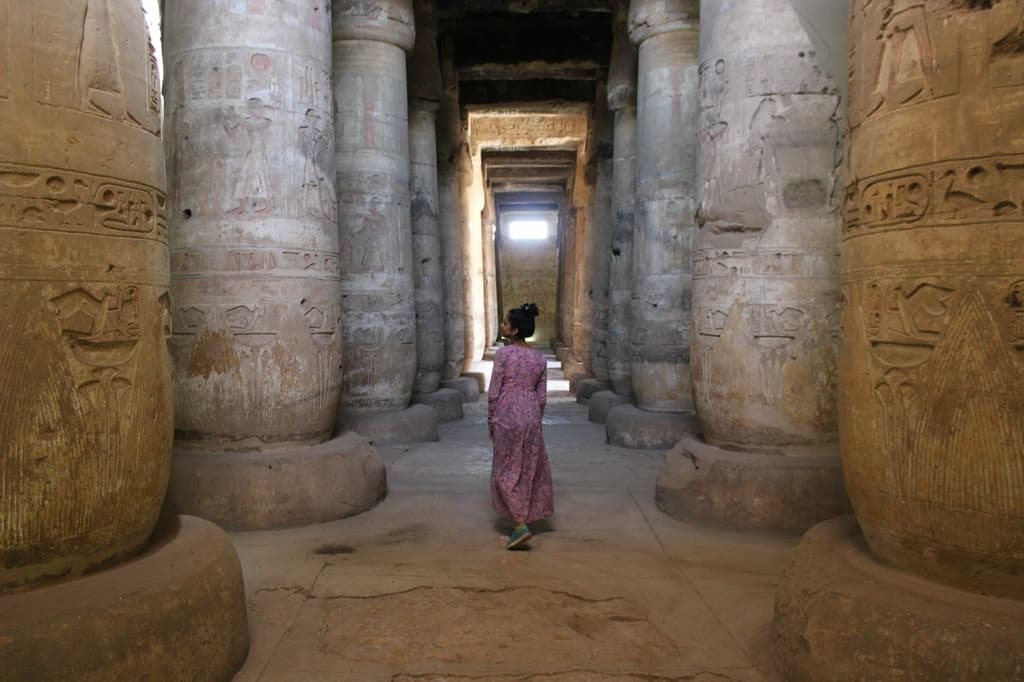
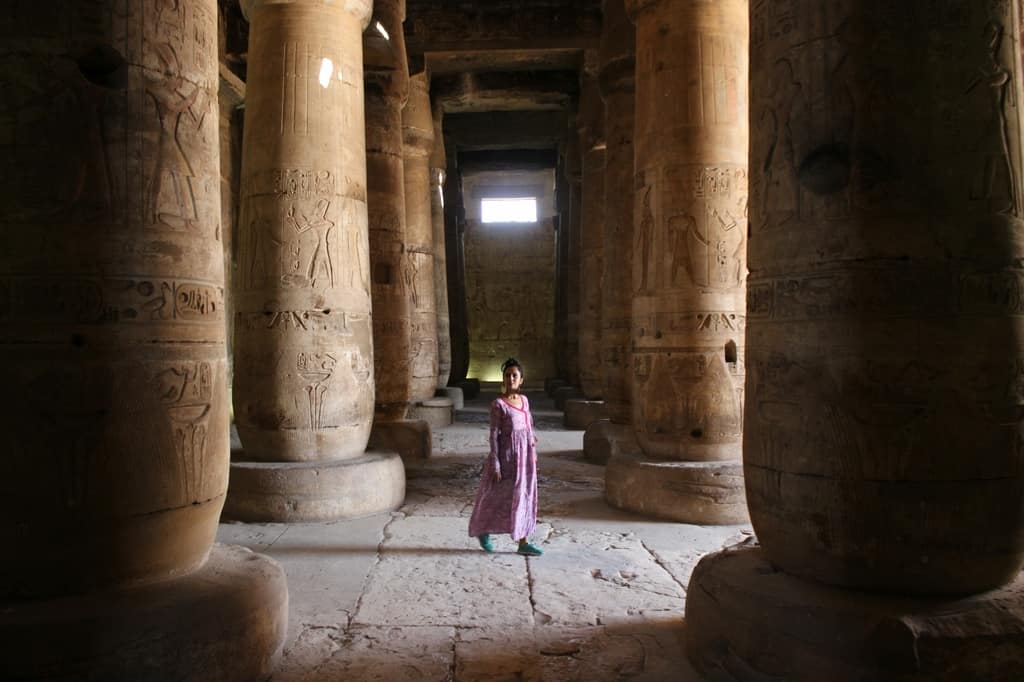
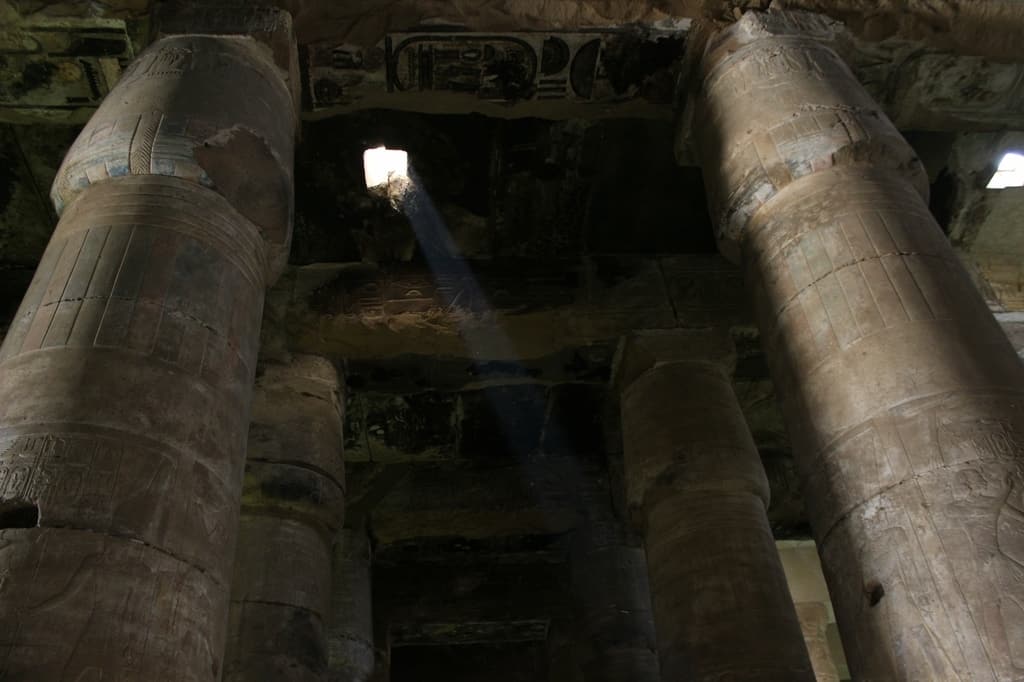
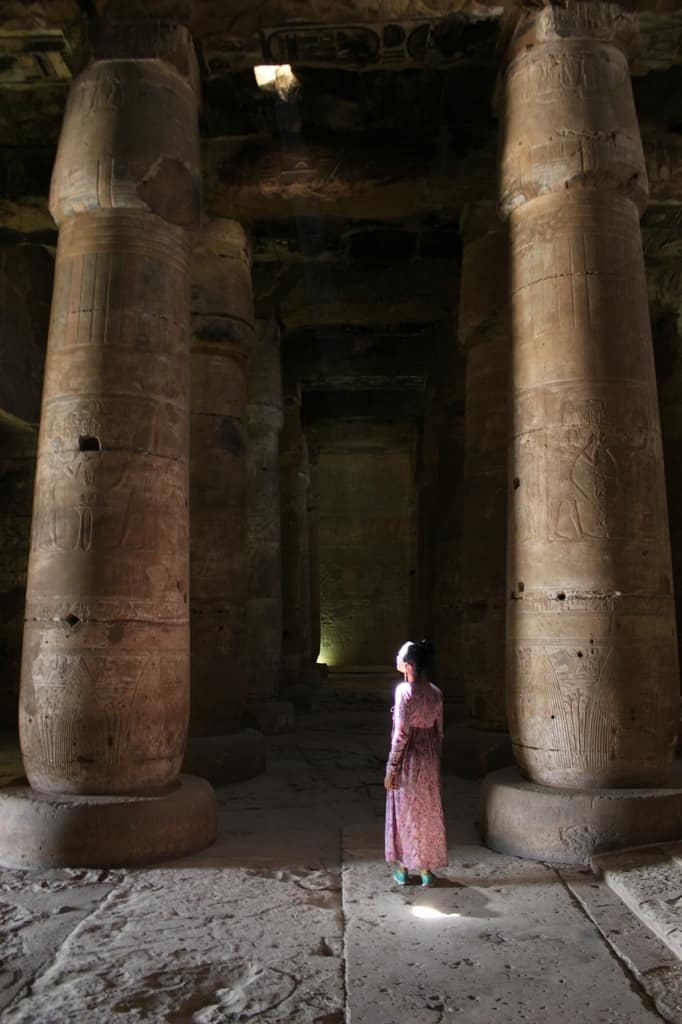
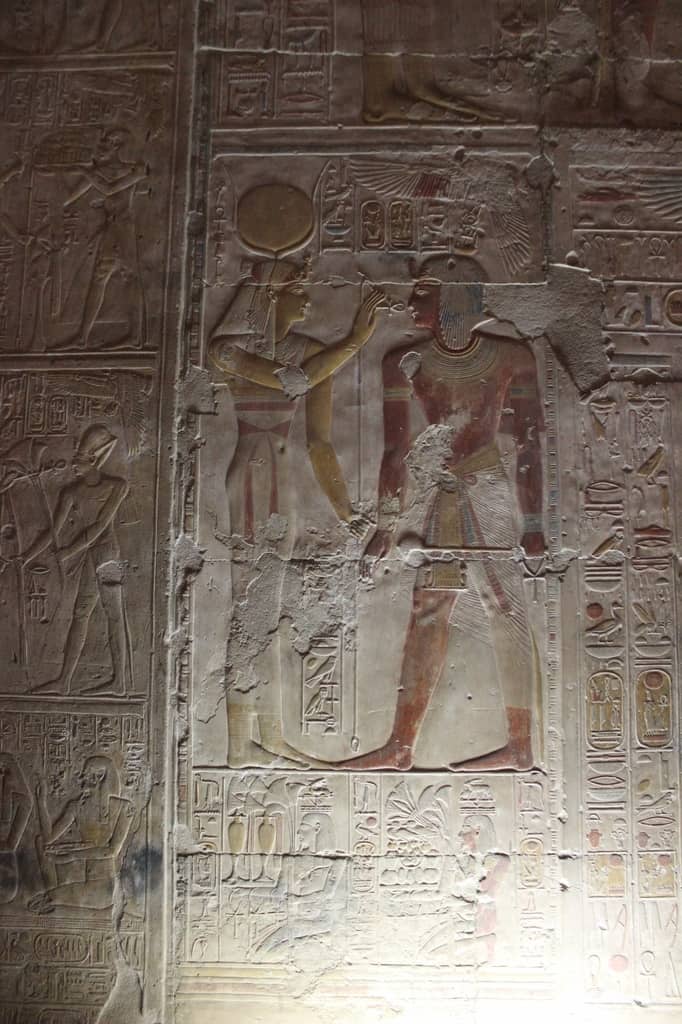
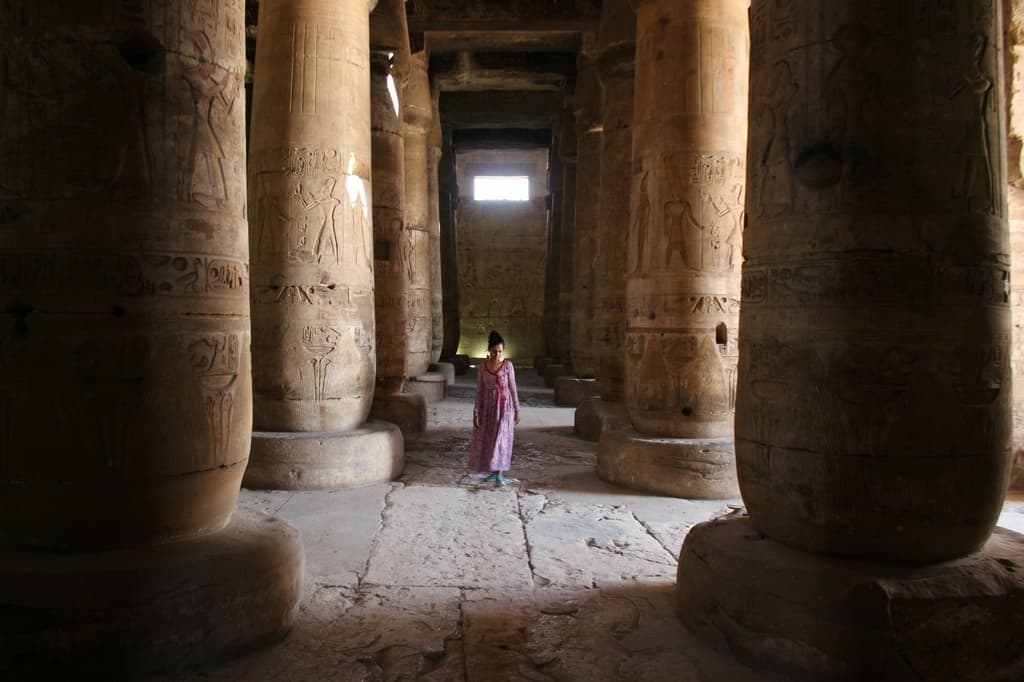
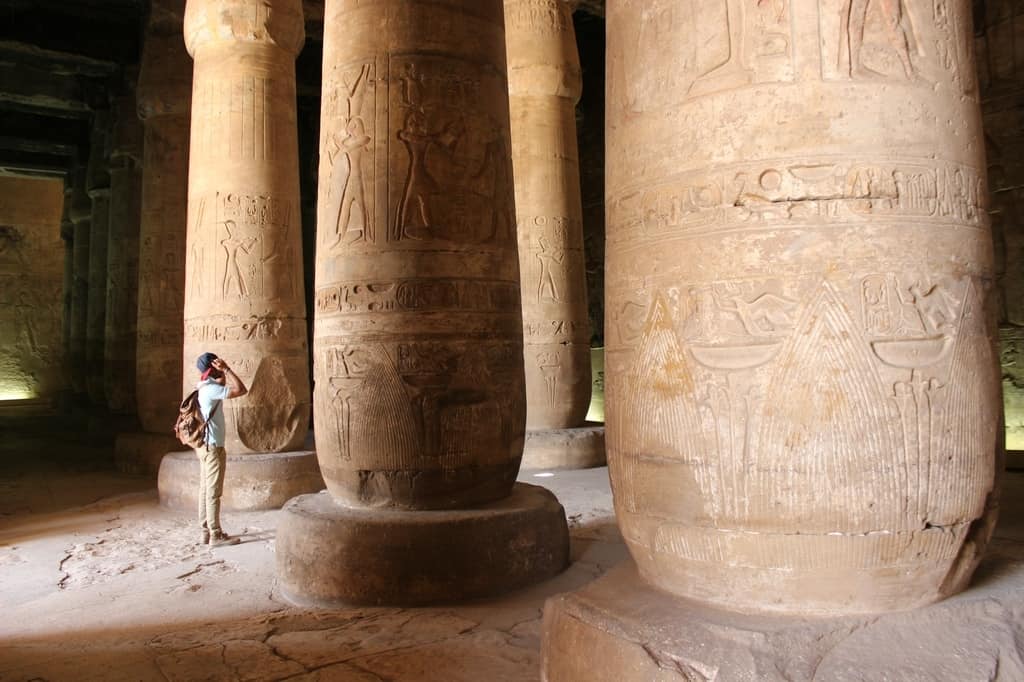
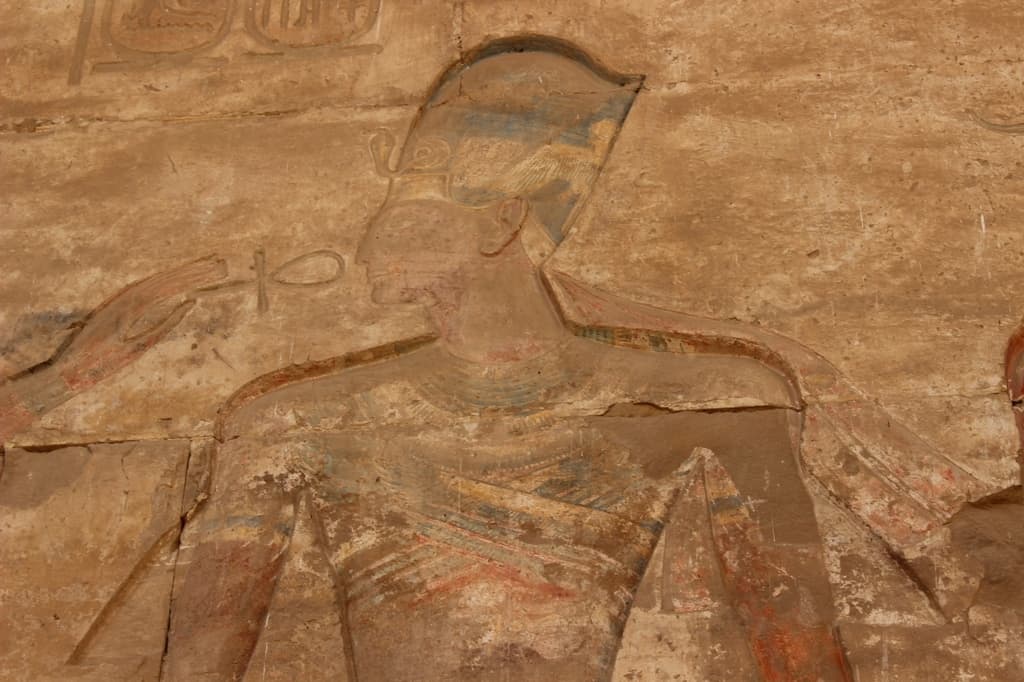
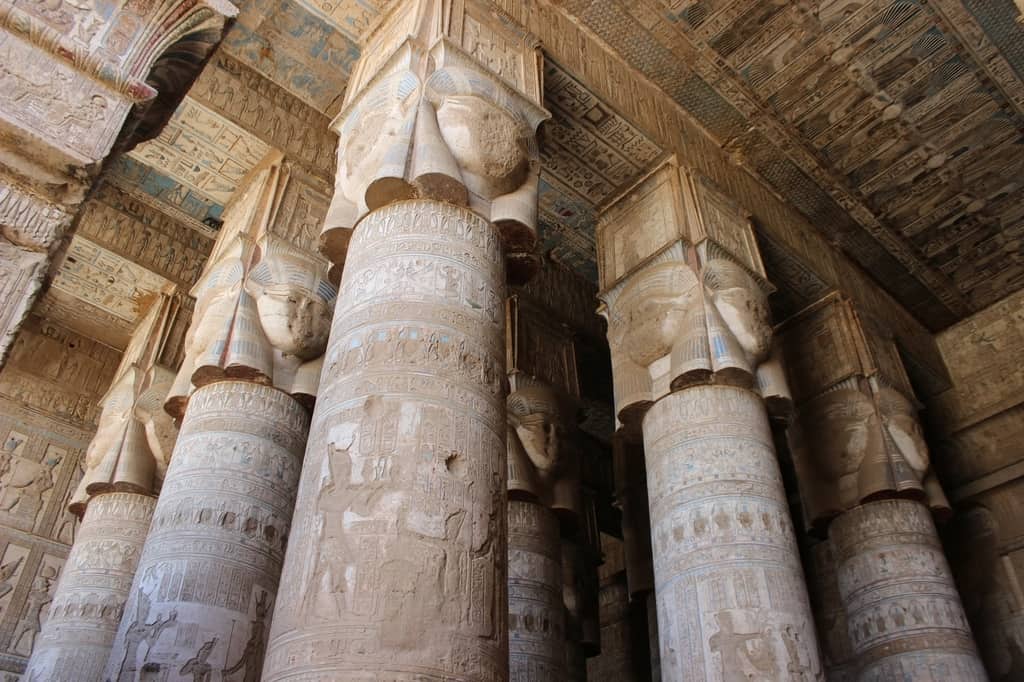
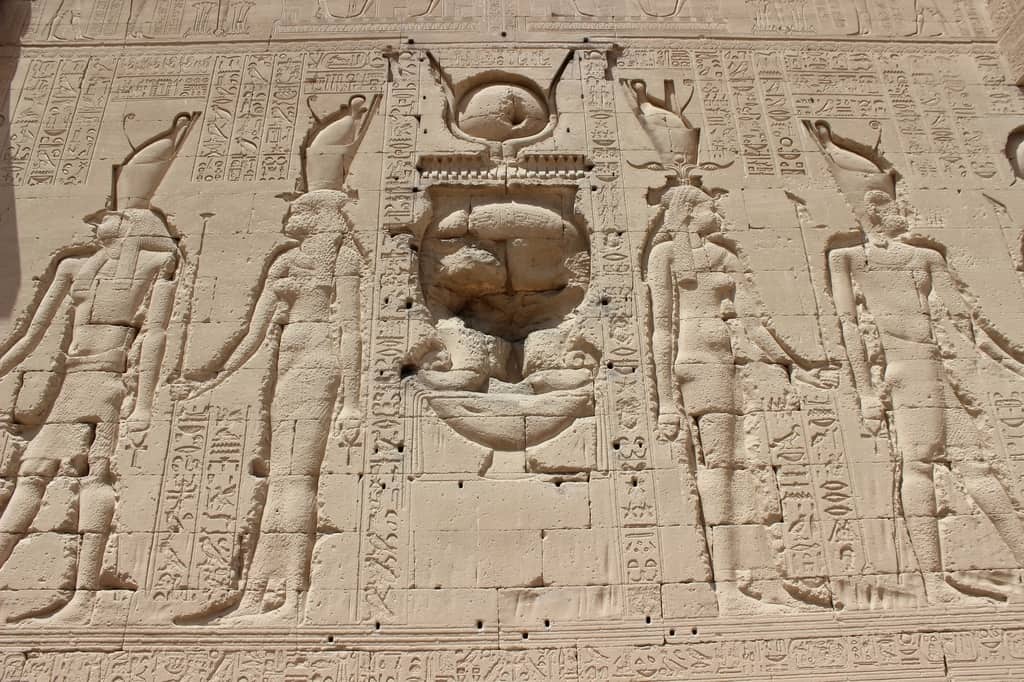
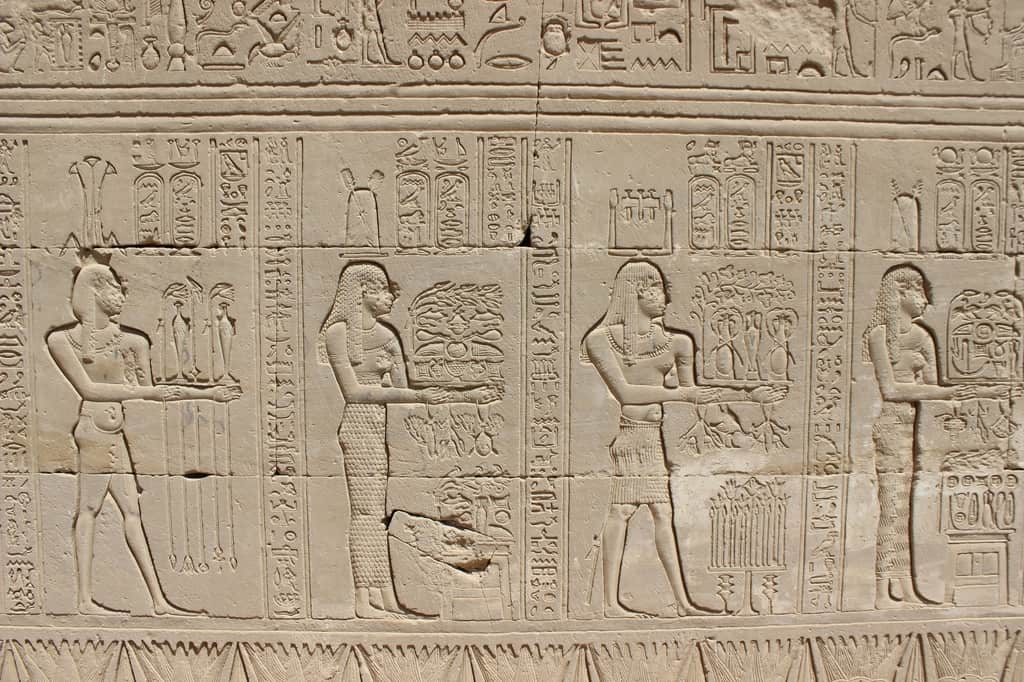
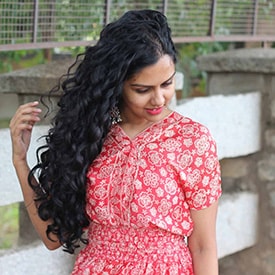





Leave a Comment